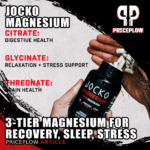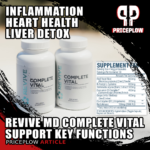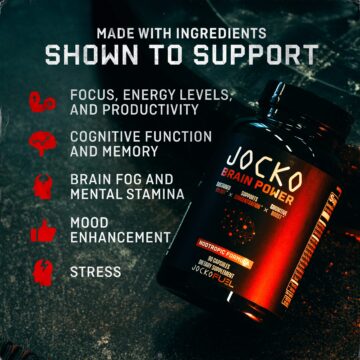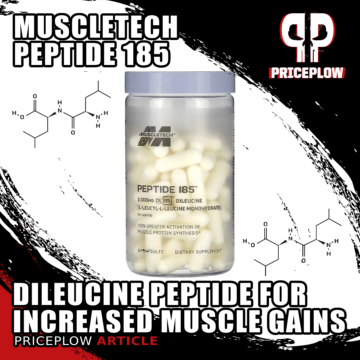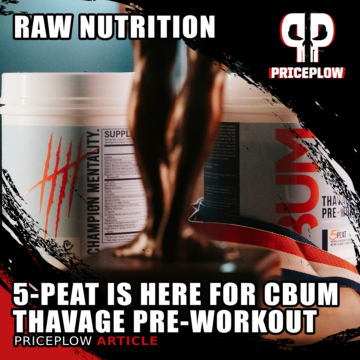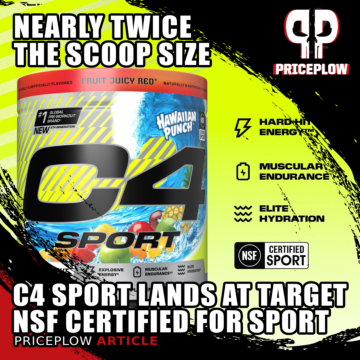Welcome to the PricePlow Blog
PricePlow is the premier thought leader in the dietary supplement industry. We cover the science of supplements and help customers save.
Listen to the PricePlow Podcast, learn from our supplement guides, or read the latest news below. You can also save money with the PricePlow site and our supplement deals page.
Ghost Greens Matcha Latte to Celebrate Earth Day 2024
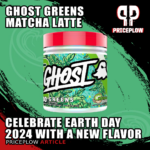
April has been a huge month for GHOST, with two brand new products making their debut. First, we got GHOST’s Protein Cereal, which was released in both a peanut butter and a marshmallow (with real Lucky Charms!) flavor. Shortly thereafter, the supplement giant released GHOST Joint, which is a unique formula to ensure your joints […]
Continue Reading →
Ghost JOINT: Powdered Joint Support Supplement Where Old Meets New
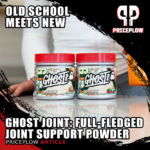
Earlier this month, GHOST Lifestyle made waves with the release of Ghost Protein Cereal, the supplement titan’s first foray into functional foods that initiated a partnership with General Mills.
Yet inside that formula was a non-disclosed protein blend that included soy protein included — two things Ghost had never done before. This led […]
Continue Reading →
CBum Essential Pre: Mystery Flavor Revealed to Be Citrus Grapefruit!
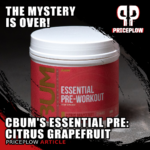
RAW is a brand on the warpath. After an astonishingly good 2023 where they won Brand of the Year in PricePlow’s 2023 Supplement Industry Awards, Chris Bumstead’s brand has carried the momentum through to 2024. In particular, the release of RAW Fuel – a formula built with professional endurance athletes in mind – showcased RAW’s […]
Continue Reading →
POPPA PUMP: InnovaPharm’s Stim-Free Nitric Oxide Pills with 2 New Ingredients
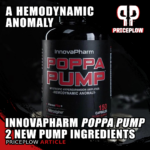
InnovaPharm is one of those brands known for uniquely innovative labels. They’re always bringing a touch of something different to their formulas, and we love them for it because when they start launching products, they pull the industry out of slumps.
Recently, they launched the MVPre 365 Everyday Pre-Workout, which gave a great new […]
Continue Reading →
Dick Durbin is Up to No Good in the Dietary Supplement Industry Again

On March 18, 2024, United States Senator Dick Durbin of Illinois sent a letter to four dietary supplement industry trade associations demanding action against the inclusion of dangerous and illegal ingredients in products marketed as supplements.[1-5]
The letter focuses specifically on tianeptine, a compound sold as an antidepressant in several European countries that has […]
Continue Reading →
BUM Energy ROOT BEER Flavor Brings Soda Back Into Your Life
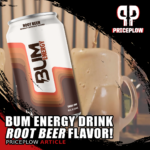
5-time Mr. Olympia Classic Physique champion Chris Bumstead has been crushing it with Raw Nutrition, with recent pre-workout releases like CBum Essential Pre-Workout and Thuper Thavage. But aside from pre-workouts, he also has an energy drink brand resting on the other end of the energy spectrum — it’s the highly acclaimed BUM Energy.
Normally, […]
Continue Reading →
Fresh Supps Pre: Juicy Melons & Kiwi Strawberry Flavors
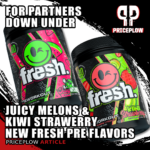
When Fresh Supps was founded by Greg Helton last year, they hit the ground running. They began by releasing Fresh Pre-Workout — a great daily-driver formula with rock solid ingredients and delicious flavors, and Fresh Amino – an EAA formula that covers both your BCAAs and EAAs.
We found the fledgling brand’s entrance so impressive, […]
Continue Reading →
